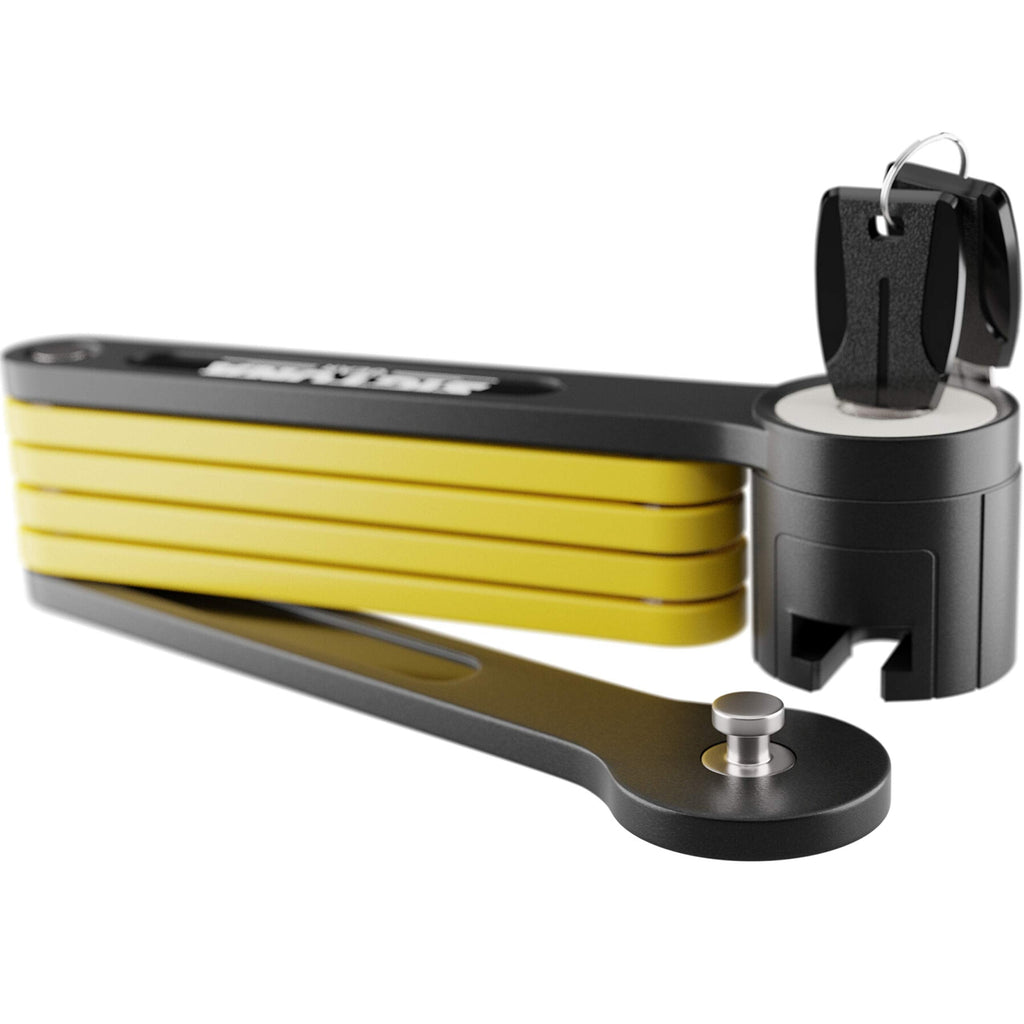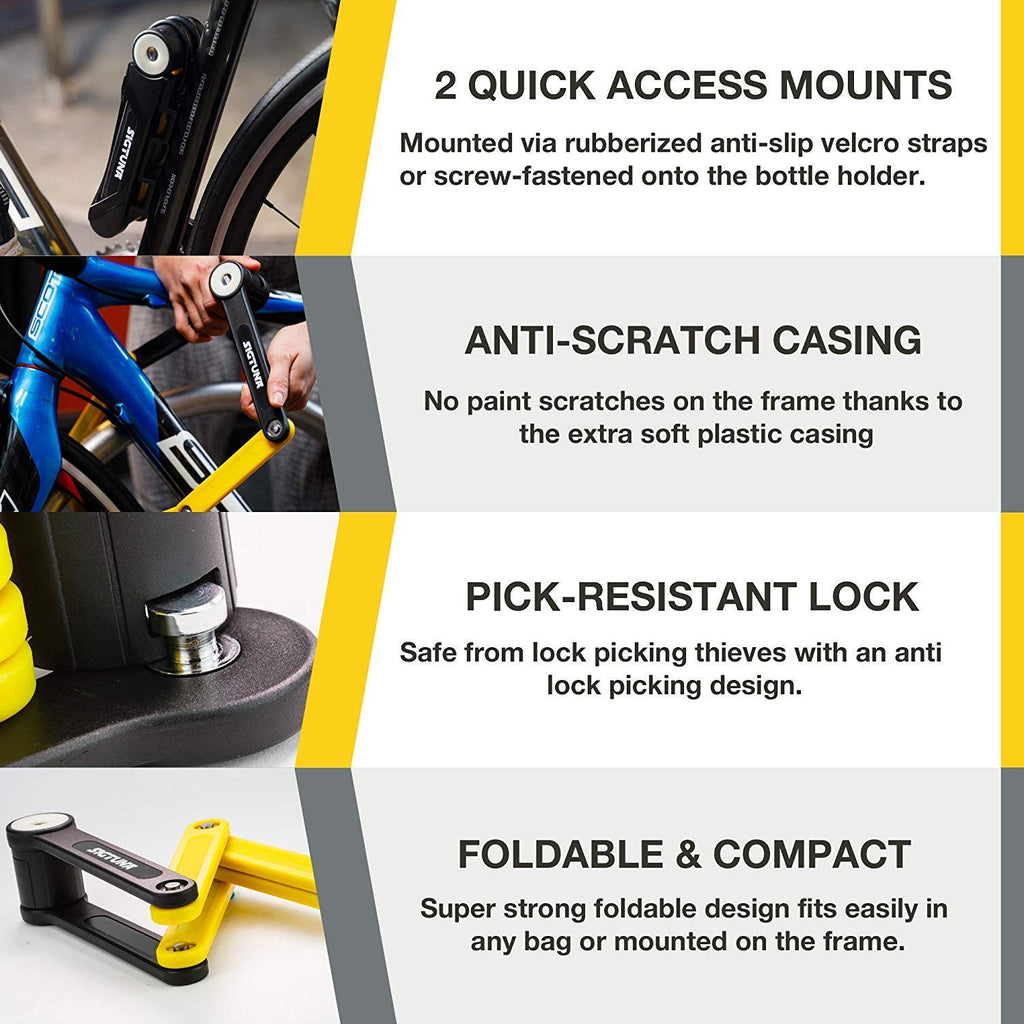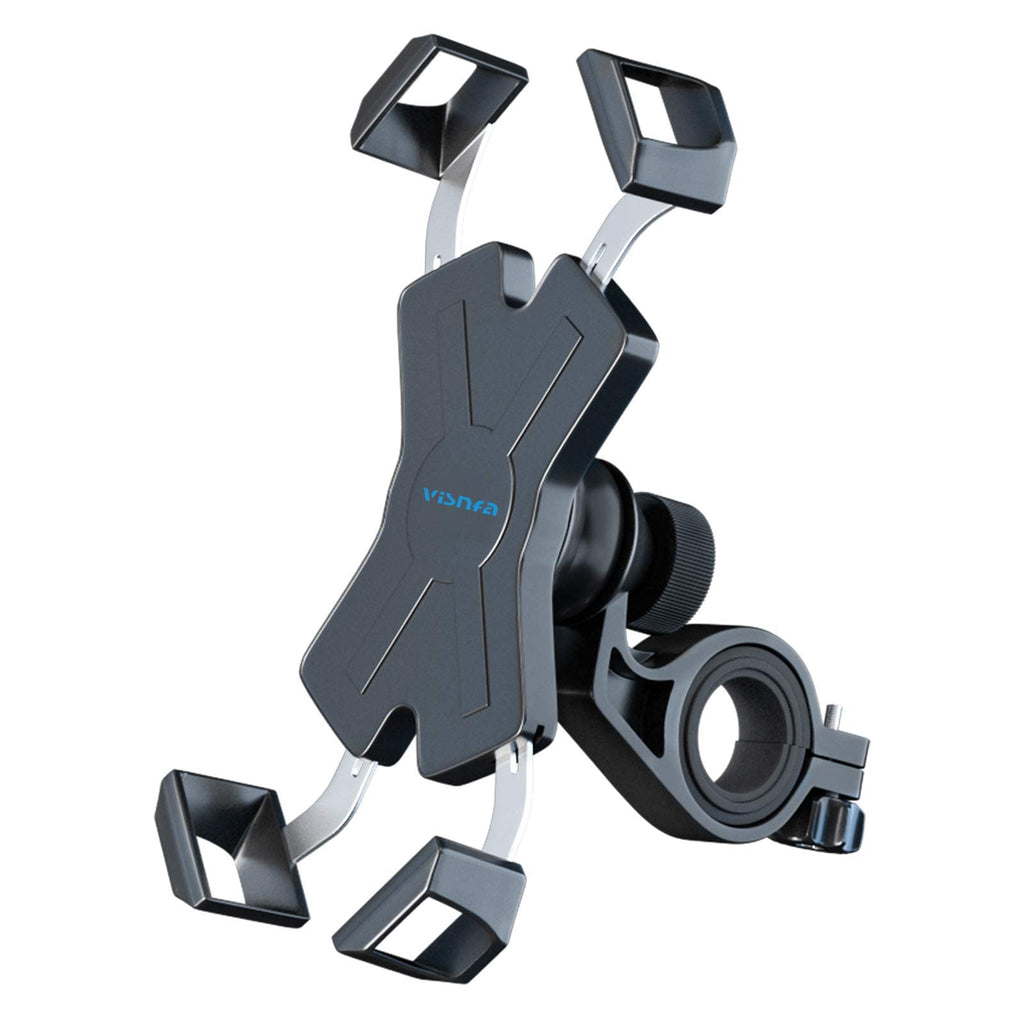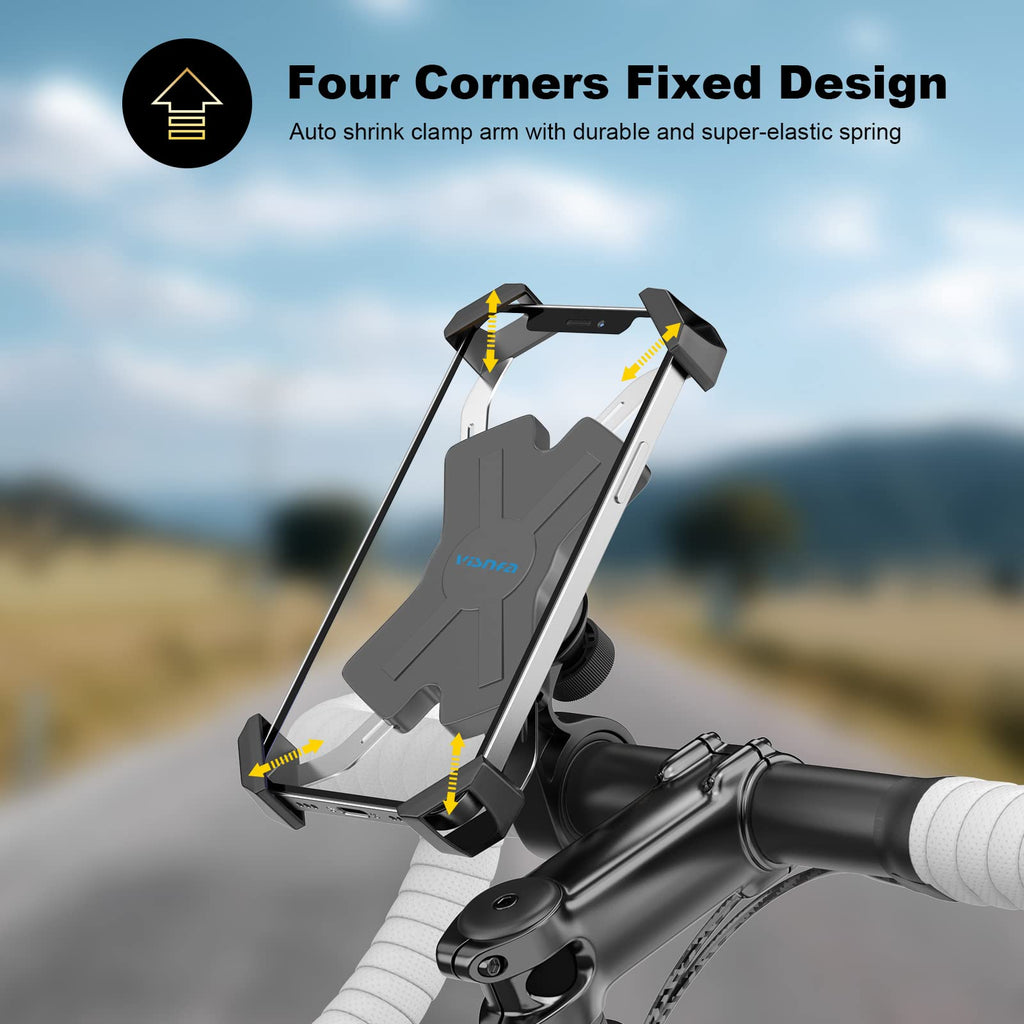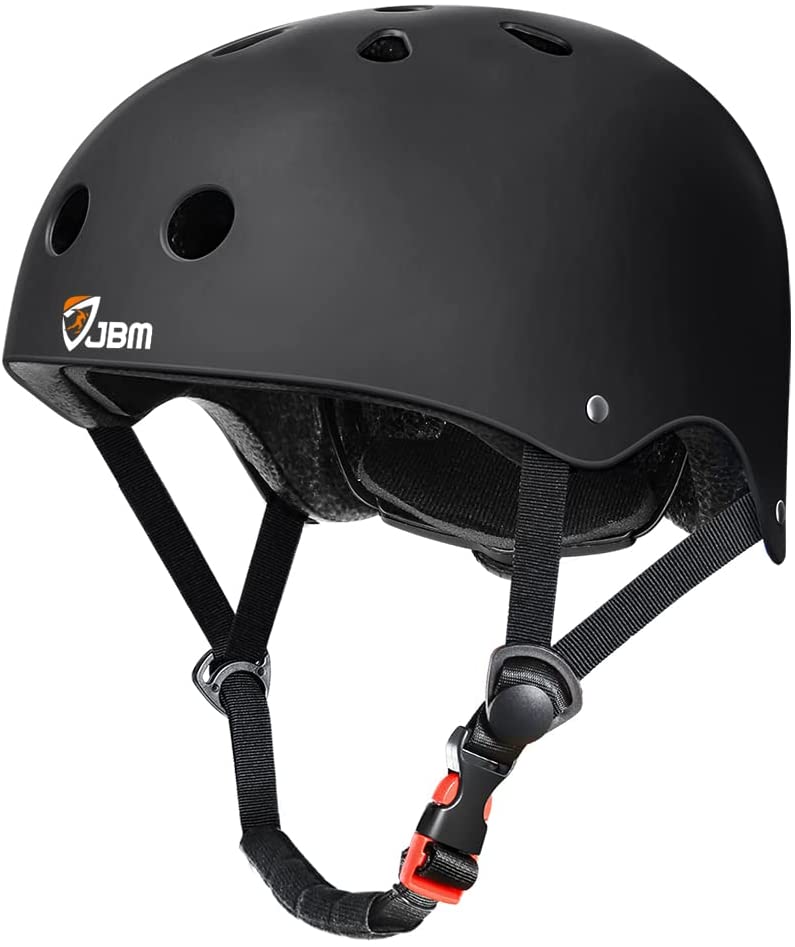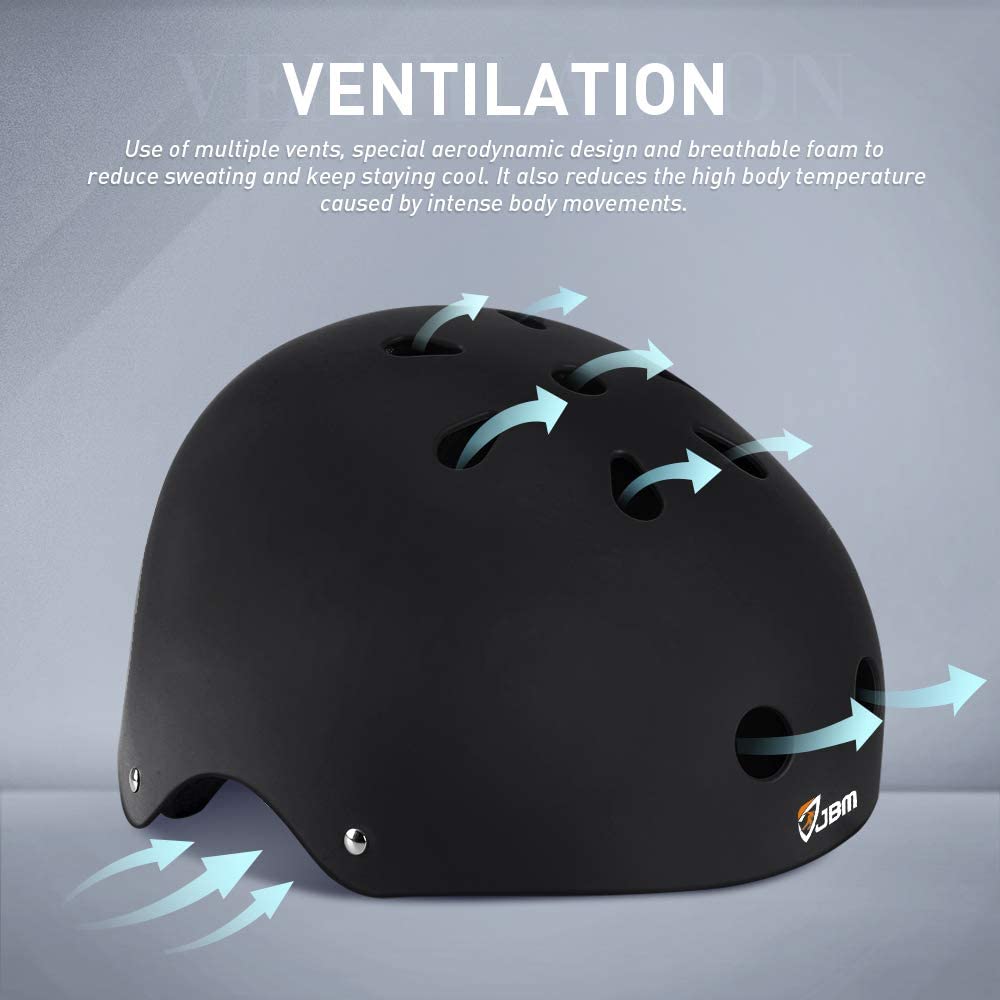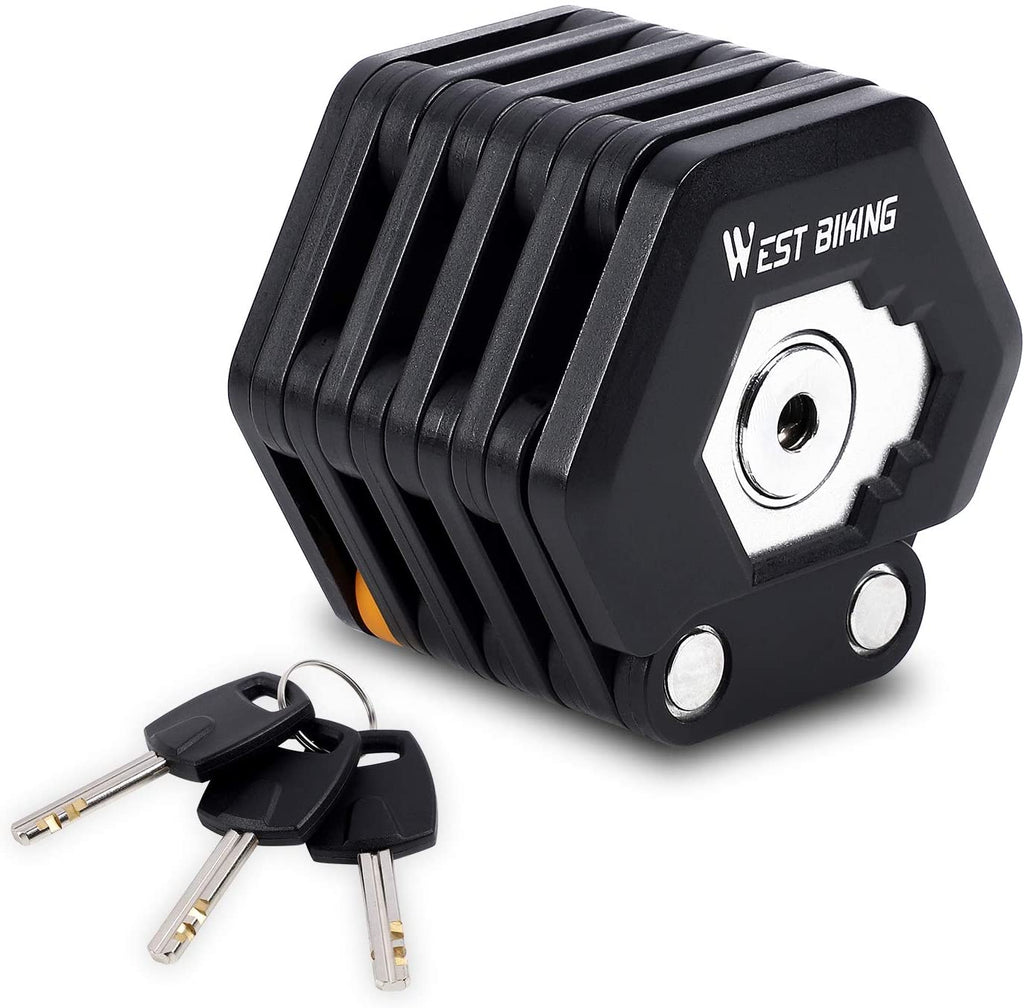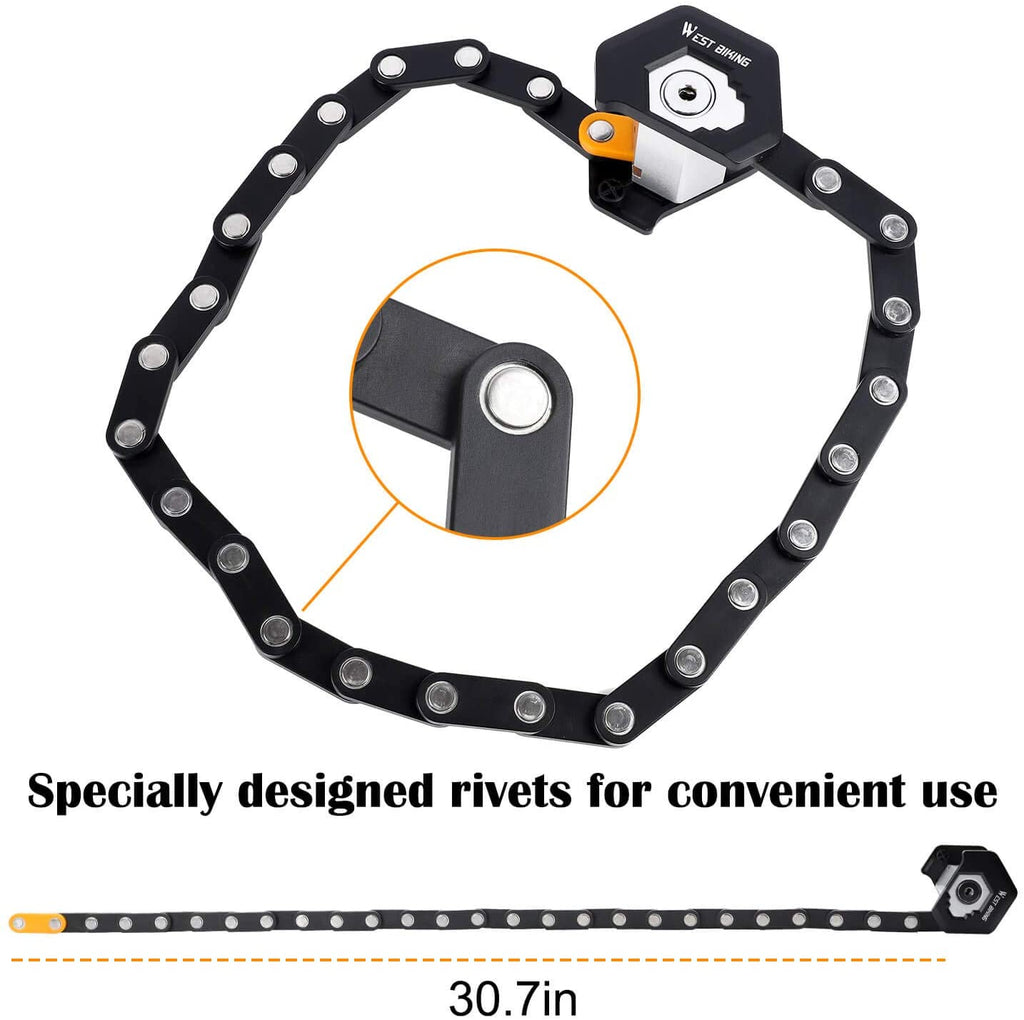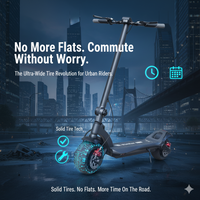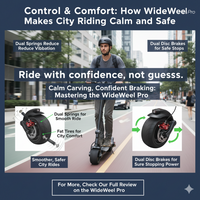WideWheel Pro: The No-Flat Solution That Ends Commute Downtime
The commute you can count on
Every week a commuter is delayed by a flat tyre. In cities, a single shard of glass or a stray nail can cost you 20–40 minutes, a patch kit, and a lost meeting. Powerful WideWheel Pro, 1000W flips that risk into a routine you can schedule: its ultra-wide, airless tires remove the puncture gamble so you stop managing equipment and start relying on mobility. Backed by tire-science and real-world range data, that’s not marketing, it’s a practical upgrade for anyone who treats their ride like real transport. For more information and variety of data, you need to explore the pillar page: WideWheel Pro Review: No-Flat City Carver, Real-World range

No-Flats & Tires: How WideWheel Pro Changes Daily Riding
This article covers both parts you asked for in a single, authoritative piece:
- No more flats: the problem, how the WideWheel Pro’s solid tires solve it, ride-feel tradeoffs, maintenance routines, and who benefits; and
- Why ultra-wide tires feel planted: contact-patch basics, turn stability, wet-surface notes, care tips PSI isn’t a thing, and when to slow down.
1: No More Flats: How WideWheel Pro’s Solid Tires Change Daily Riding
1) The flat problem: Why this matters, now
Urban routes are full of flat-causing hazards: glass, staples, and construction debris. Studies and industry testing repeatedly show that real-world range and rider uptime are materially lower than brochure numbers once you account for puncture stops and pressure loss. Independent range analyses commonly report 20–50% less distance in everyday conditions than ideal claims, once speed, terrain, and interruptions are included.
Why commuters feel it: a single mid-ride flat isn’t just a roadside repair, it disrupts schedules, reduces trust in the vehicle, and increases total monthly downtime.
2) Solid tire design: What WideWheel Pro actually does differently
WideWheel Pro’s tire system is an engineered airless solid solution with three design goals:
- No punctures: no inner tube = no puncture. Solid construction eliminates the single biggest cause of unscheduled stops. Industry write-ups of solid vs pneumatic tires confirm solid designs remove puncture risk as a routine failure mode.
- Ultra-wide contact patch: wider footprint spreads forces and resists tramlining; the sudden deflection when a wheel catches paint, grates, or a seam. Contact-patch mechanics show that larger areas reduce shear stress for the same cornering or braking loads.
- Compound + suspension tuning: WideWheel Pro pairs the tire compound with dual springs so the assembly absorbs and disperses energy rather than transmitting every micro-impact into the handlebars. That’s how a solid tire can be engineered to feel less punishing than older narrow solid solutions.
Points to Ponder: airless tires typically have higher rolling resistance and lower micro-compliance than pneumatics, which is why Good engineering broad section + tuned suspension is essential, and why WideWheel Pro focuses on that integration.
3) Ride feel vs Tubes: The realistic expectation
- Versus pneumatic tube tires: pneumatics still win small-bump absorption and ultimate plushness. Expect solids to feel firmer underfoot. However, for commuter speeds (20–26 mph) the WideWheel Pro’s wider footprint and tuned springs reduce perceived harshness compared to narrow solids. Independent reviews and engineering summaries confirm that airless designs can approach comfort parity when width and compliance are increased.
- Versus narrow solid tires: WideWheel Pro typically feels much calmer. Narrow solids tend to chatter and skitter on seams; the Pro’s width and suspension trade a little softness for a much more predictable tracking.
4) Puncture-free routines: Simple maintenance that preserves predictability
Airless doesn’t mean zero care. Follow a 5-minute routine and you’ll keep the Pro behaving like new:
- Daily (10–30 seconds): wipe the tread to remove embedded grit and check for obvious chunking.
- Weekly: spin each wheel and eyeball for wobble; check brake rotor cleanliness.
- Monthly: torque check on axle, swing-arm, and stem bolts, airless setups transmit more vibration to hardware than plush pneumatics.
- Quarterly: visual compound integrity check to look for cracks or deformations. Replace tire unit if substantial wear or cuts appear.
These quick checks keep the Pro’s no-flat advantage durable while preventing the hardware-wear issues commentators warn about with low-quality solids.
5) Who benefits most: Clear buyer signals
- Daily commuters who can’t risk mid-ride downtime. Independent range and real-world mileage guides showing 20–50% range compression vs. brochure claims.
- Night/evening riders who cross event zones or construction with debris.
- Small fleets & delivery riders who monetize uptime.
- Professionals & students who prize plug-in and go reliability over the last ounce of plush.
If you depend on an on-time arrival more than on supreme micro-comfort, WideWheel Pro’s no-flat approach materially reduces monthly downtime and maintenance hassle.
2: Why Ultra-Wide Tires Feel Planted in City Carving
1) Contact patch basics: Why width matters in real terms
Grip originates at the contact patch. For the same lateral force, a larger contact patch reduces the shear stress per unit area, so the tire reaches its traction limit later.
In real terms this means wider tires give a larger safety margin in cornering/braking at city speeds. Peer-reviewed work on contact patch parameters supports this: altered footprint geometry changes normal force distribution and increases predictable grip under urban loads.
2) Turn stability: How WideWheel Pro stays on line
Turn stability is a combo of contact-patch size and chassis compliance. Two practical effects the Pro targets:
- Reduced tramlining: Wider footprint is less likely to fall into grooves or tracks.
- Stable load transfer: Dual springs keep the deck from pitching or wandering when you apply steering inputs, so the contact patch maintains consistent pressure through a carve.
For city carving, that converts to smooth, predictable arcs rather than abrupt deflections that demand instant correction.
3) Wet asphalt notes: Be smart, not scared
Wide tires displace water effectively, but solids lack the tread features and flex that help pneumatics channel water. In wet conditions:
- Slow earlier: reduce speed 25 - 40% over painted surfaces or metal plates.
- Steady inputs: avoid hard braking mid-corner; let the contact patch do its work.
- Expected behavior: feel remains predictable, but absolute wet-traction limits are lower than a well-treaded pneumatic; treat wet maneuvers conservatively.
4) PSI isn’t a thing: Care tips specific to airless systems
No air pressure to check, great; yet your maintenance focus shifts:
- Torque over PSI: keep axle, swing arm, and stem bolts torqued to spec.
- Visual compound checks: sun, chemicals, and heat can degrade solids; scan for damage.
- Brake & rotor hygiene: solids change vibration signatures; rotors must be kept clean to avoid masking wear or alignment issues.
A short monthly checklist replaces daily PSI routines and still prevents late-life failures.
5) When to slow down: Practical rules for safety
- Wet paint/metal plates: reduce speed by ~25–40%.
- Loose gravel or deep potholes: slow to walking pace or pick another line.
- After hard impacts: stop and inspect for wheel true and fastener integrity.
- If vibration changes suddenly: inspect for hardware loosening before the next ride.
Quick comparison Table: Practical at a glance
| Question | WideWheel Pro (Ultra-Wide Solid) | Typical Pneumatic |
|---|---|---|
| Flats | Eliminated (no tube) | Possible, carry kit |
| Micro-comfort at 20–26 mph | Firm but controlled | Softer, more forgiving |
| Tracking on seams/paint | Highly stable | Stable if PSI correct |
| Wet surface behavior | Predictable with smooth inputs | Better water channeling |
| Maintenance focus | Torque + visual checks | PSI + puncture repair |
